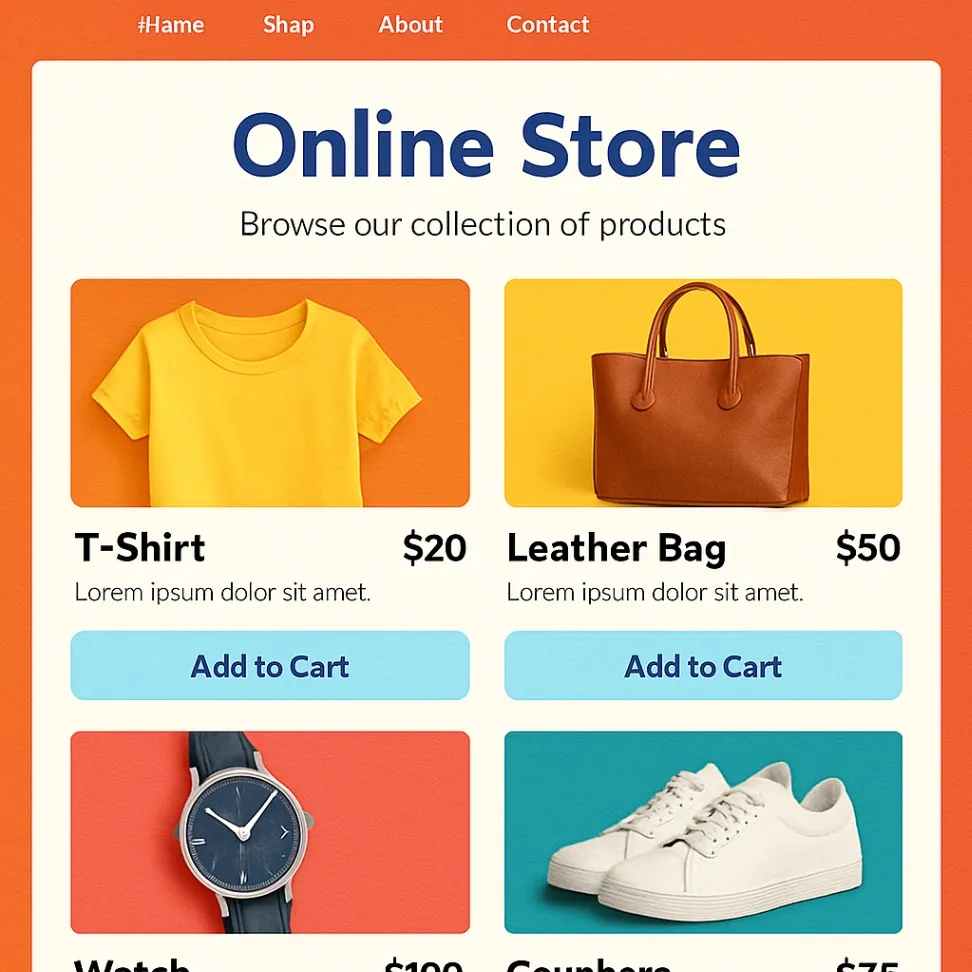Launching an online store may seem overwhelming, especially for newcomers. Fortunately, Shopify, one of the most user-friendly e-commerce platforms, simplifies this journey. This guide will explore each step you need to launch your own Shopify store successfully.
Getting to Know Shopify: The Versatile E-commerce Platform
Shopify is a robust platform designed to suit both small startups and large-scale businesses. It provides secure, scalable e-commerce solutions with essential features such as customizable templates, integrated payment processing options, and smooth inventory management. For instance, small fashion boutiques can use Shopify to handle transactions seamlessly, while a large electronics store can benefit from its scalability and product management tools. By understanding Shopify's comprehensive toolkit, you can optimize your e-commerce operations from the get-go.
Setting Up and Designing Your Shopify Store
To start your Shopify journey, visit the Shopify website and hit ‘Start Free Trial’. Create an account by setting up your email, password, and store name. Shopify will ask a few questions to fine-tune your settings.
Once you're into the dashboard, it’s time to focus on creating an enticing storefront. Shopify offers a wide range of customizable themes to reflect your brand. For a fashion brand, a sleek, minimalist theme might work, whereas, for tech products, a modern, functionality-focused theme might be more suitable. In the dashboard, select ‘Themes’ to explore options, customizing them extensively to ensure both functionality and appeal.
Adding Products and Getting Ready to Launch
Now, let's populate your store with products. In the “Products” section, click ‘Add Product’ to input the name, description, price, and add images. Use high-quality images and engaging descriptions to attract customers—consider a pair of sneakers with detailed images from various angles and a vibrant description highlighting comfort and style. Organize these products into collections, like "New Arrivals" or "Best Sellers," to enhance the shopping experience.
Before going live, simulate a customer’s journey through your store to ensure easy navigation and a smooth transaction process. Verify that all payment methods are operational. When satisfied, navigate to ‘Preferences’ under ‘Online Store’ and remove the password restricting access. Your store is now ready for customers!
Your E-commerce Journey Starts Here
Launching a Shopify store doesn’t have to be challenging. By following these steps, you're well-equipped with the tools and insights needed to create a compelling online store. Now, think about what unique products you might sell or what niche you want to explore. Sharing your store setup stories or insights in the comments could inspire fellow entrepreneurs. For further learning, explore Shopify’s community forums and blogs. Dive into the dynamic world of e-commerce—your entrepreneurial journey is just beginning.

